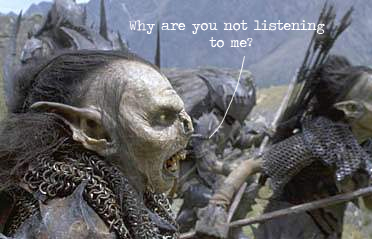Performance appraisals are ideal for asking for a pay rise, training or promotion. You are discussing your development and future within the organisation, so what are you waiting for? However, it is not always as easy as just asking for it, and you will probably have to negotiate.
First, you need to prepare and plan. Define your aspirational range and your BATNA: the best and worst outcomes you can accept, as well as your employer’s. Also, prepare evidence that justifies your initial position (Robbins and Judge 2010: 413). I tried to find a work-related video for the next steps, but found another clip that emphasises process and the benefits of integrative bargaining:
The next step in the video is defining the ground rules – what is negotiated and what are both sides’ ideal outcomes? You then need to justify your first demand. Don’t stray away from the subject – remain focused. Ideally, you have already prepared evidence that supports your arguments (Fowler 1996: 33).
The negotiation stalls in the video because the initial demands are outside the settlement range, where both sides’ aspiration ranges overlap. Both sides realise that the only possible outcome is living side-by-side. They then switch from distributive to integrative bargaining and search for possibilities where both can win.
Distributive bargaining is ‘great’ if you will never see the person again. But this is your employer and therefore not the case. Instead, focus on finding a solution both are content with once you have stated your initial positions. Make concessions that are within your aspiration range. View these as searching for new possibilities –what can you give your employer in return (Fisher and Ury 1991: 12)? It’s not only about your salary or position, but about your future relationships.
In the video, the groups achieve a win-win settlement. By focusing on an integrative bargaining strategy, you are likely to achieve an outcome that is within your aspirational range. And you won’t ‘win’ at the expense of your professional relationships.
For bibliography and further reading, click here.
What are your secrets to a successful performance appraisal?






